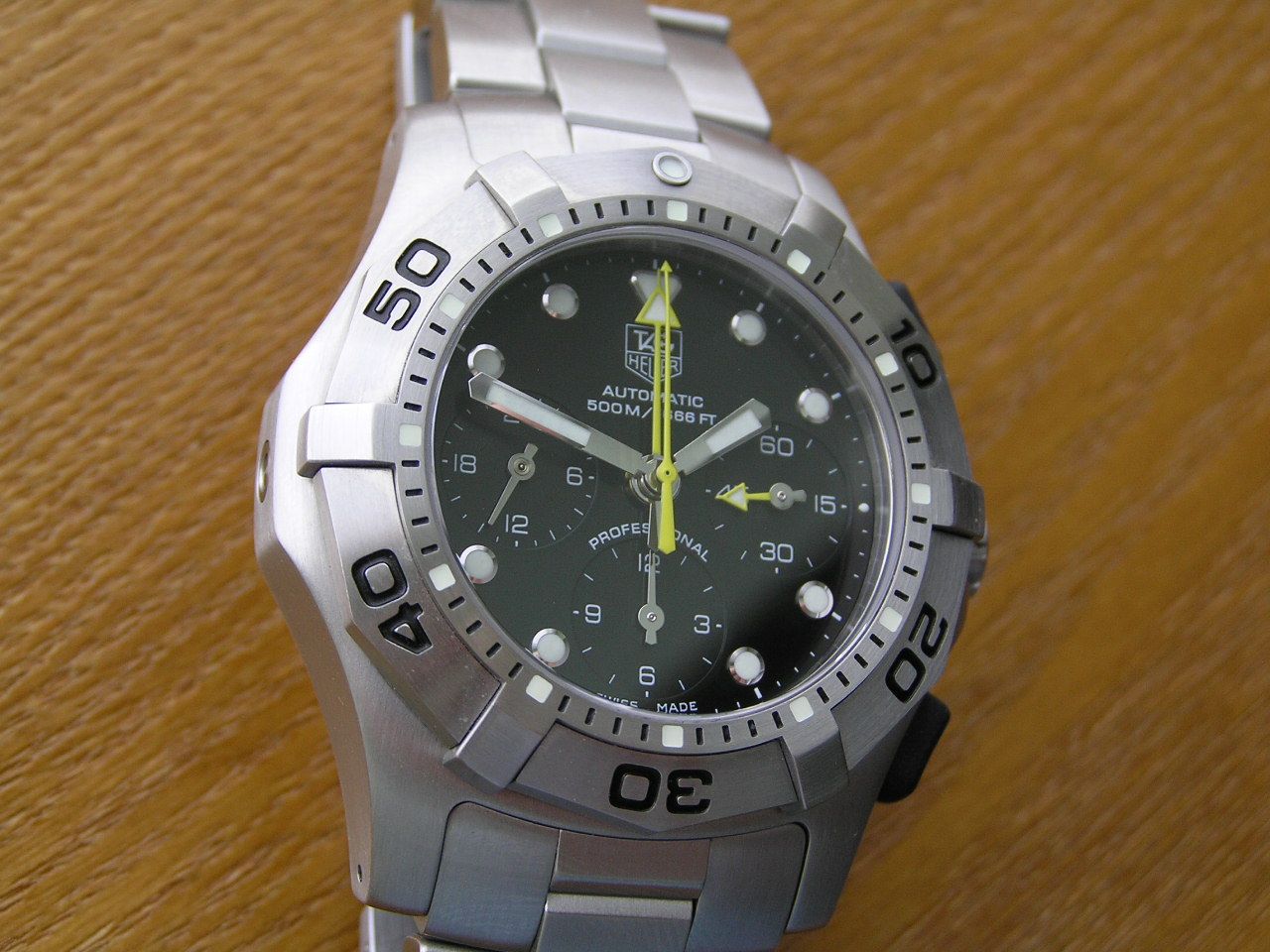
When it first came out the Gear S3 cost $349 / £349 (around AU$475), and only came in one size. Those in Australia had to wait a bit longer, but it's available there too.Īt launch, the Galaxy Watch started at $329 / £279 / AU$499 for the 42mm version, and $349 / £299 / AU$549 for the larger 46mm size. The Galaxy Watch launched in the US in August 2018, the same day the Galaxy Note 9 came out, and in the UK in September.

This is one of two reasons why the Galaxy Watch runs Samsung’s Tizen software, not Wear OS.

You also won’t find rotating bezels supported by Google’s Wear OS, while Apple’s watchOS uses a less intuitive rotating digital crown button on the side. We've seen discounts on the Galaxy Watch in years past, and expect even more savings now that its successor has been released. It is, however, more expensive than its now-discounted predecessor.Īnd we're expecting even more price drops for the Galaxy Watch during the upcoming deals season leading up to Black Friday on November 27 and Cyber Monday thereafter.

Thankfully, the newer Samsung Galaxy Active Watch 2 has a rotating digital bezel, with haptic buzzing to simulate a 'tactile' feel when spinning through menus. The older Samsung Galaxy Watch Active is cheaper than the Galaxy Watch, but it doesn't feature that rotating bezel. Your fingers won’t cover up the watch’s small, hard-to-accurately-target touchscreen (an issue with any smartwatch), and the rotating bezel: an idea exclusive to newer Samsung watches. This is the most satisfying way to navigate a smartwatch.


 0 kommentar(er)
0 kommentar(er)
